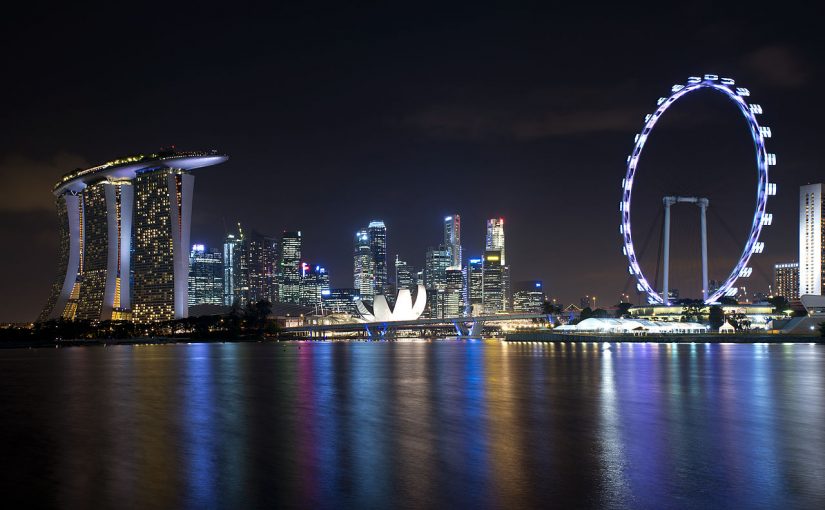Justin Hill FRAIA
Normally buoyed by a healthy property market, with many new condominiums on the go at any one time, things are slowing in Singapore. We are no longer running out of sand, concrete and piling rigs (as we did during the rapid roll-out of two large casino developments in recent years). Word on the street is that few new apartment buildings will be built for a while, and in the commercial market, millions of square feet of office space are about to come onto a market in oversupply.
While this may be good news for renters in Singapore, now reported to be one of the most expensive cities in the world for expatriates based here, it is not so good for many architects, used to local volume to underpin their practices in the past. Now many look farther afield from Singapore to export their professional services.
That said, Singapore’s organisation and connectivity, plus transparency in its regulatory, taxation and financial sectors still provide a well-oiled, compact engine encouraging change. So we now take more flights to more places, and sometimes travel farther to keep things going here.
Employment in architecture seems often to be the litmus test for the industry. Retrenchments have been taking place, and the once almost automatic working visa for foreign graduates from approved universities is becoming harder to obtain, as the Government moves to secure its home workforce and to focus capability.
However, it is not all doom and gloom. We have been through cycles like these before, and the rebound seems to always happen, propped as it often is by a massive increase in infrastructure investment, sensibly, by the Government. This is financed in part by a sovereign wealth fund the envy of many countries.
Currently, Singapore Changi Airport is being expanded with a new Terminal 5 and a third 12,000 ft. runway, slated to double capacity to 100 million passengers annually by the mid 2020s. A new terminal 4, for budget airlines, is nearing completion as well. This is to secure the city’s position as a leading air traffic hub, to underpin the national airline and bolster employment (the airport currently employs over 160,000 and accounts for 6% of GDP here). Beneath the city, the underground train network is also rapidly expanding. 21km of new train track and 16 stations will open by 2017, and a further 41km and 31 stations will open progressively from 2019. The MRT map here suddenly starts to resemble its London predecessor, for example.
On the architectural design front, things continue to look interesting, with high-quality results. WoHa is about to complete a dramatic city building, Oasia Hotel Downtown, which is boldly clad in red coloured metal mesh and which will eventually become completely covered in green creepers all the way to the top of the 27 storey building. And facing the Padang in the heart of Singapore, the National Gallery which is built within the colonial era Supreme Court and Legislative Assembly Buildings, has recently opened. The project is the work of studioMilou, [lead by new International Chapter member, Jean-Francois Milou] who with the local practice CPG won the international competition for the project several years ago.

